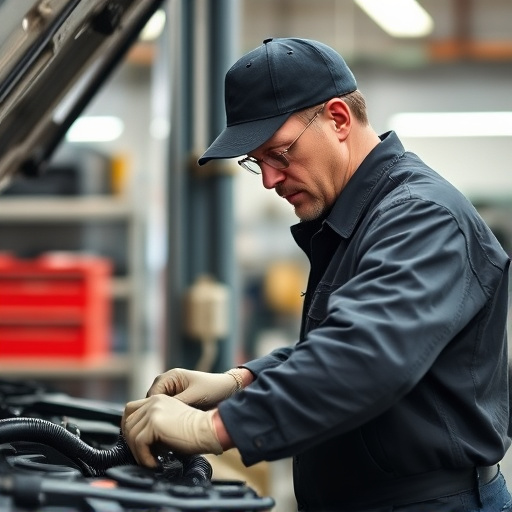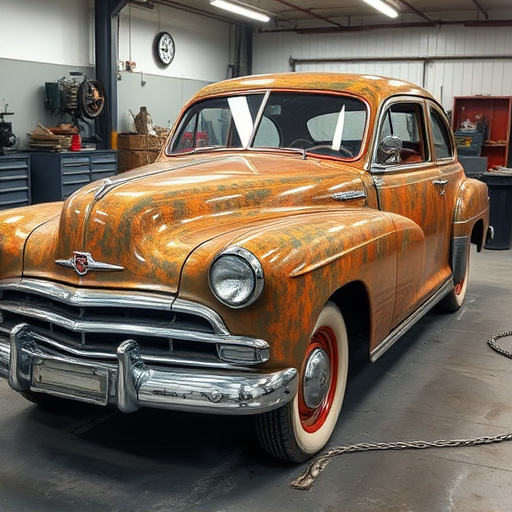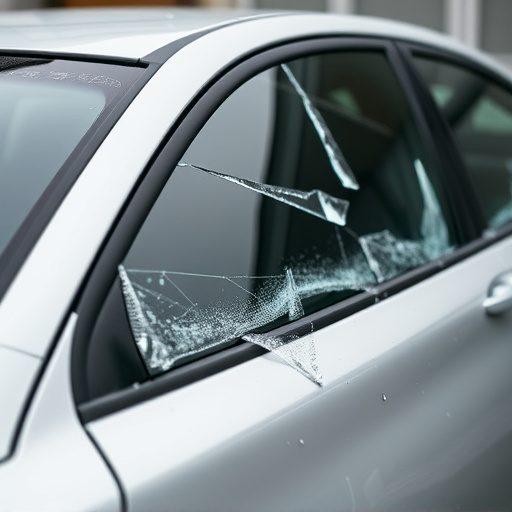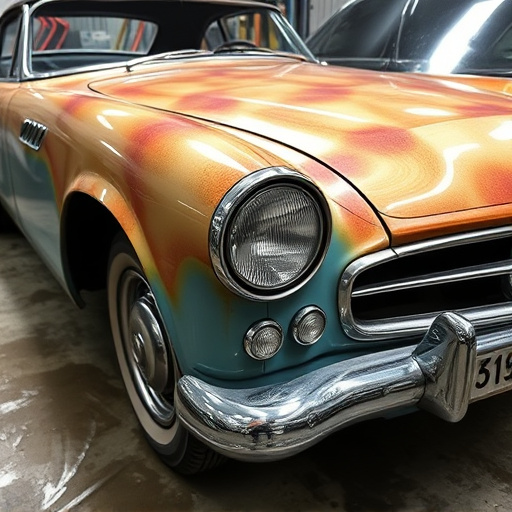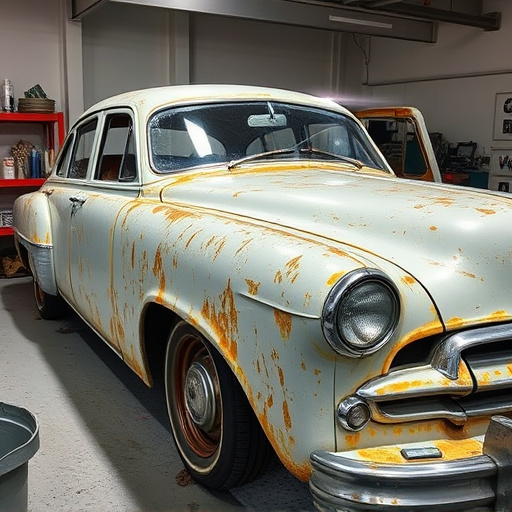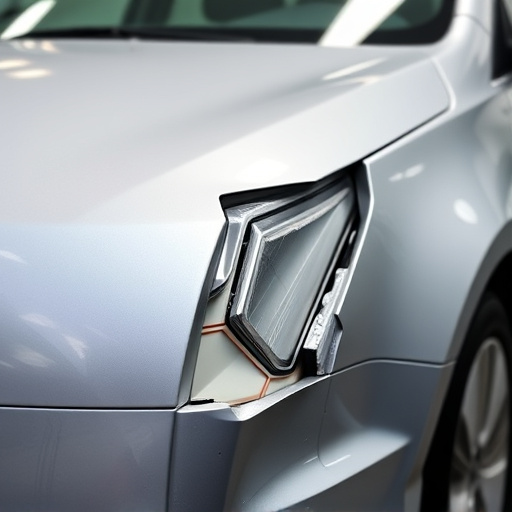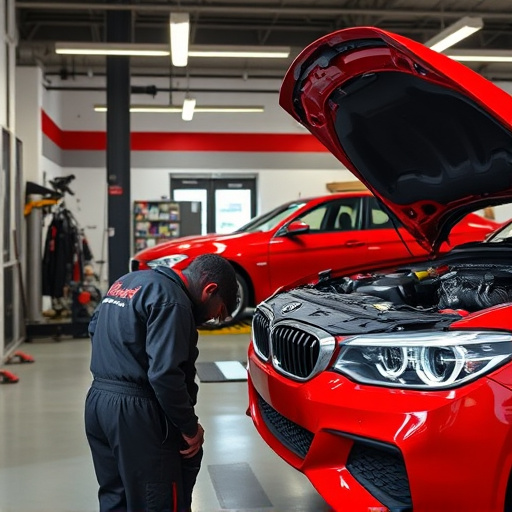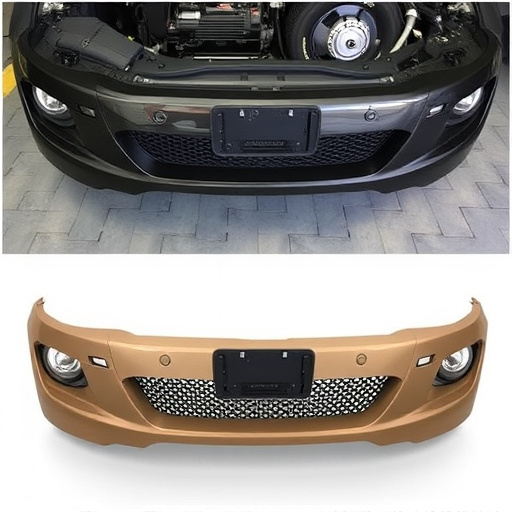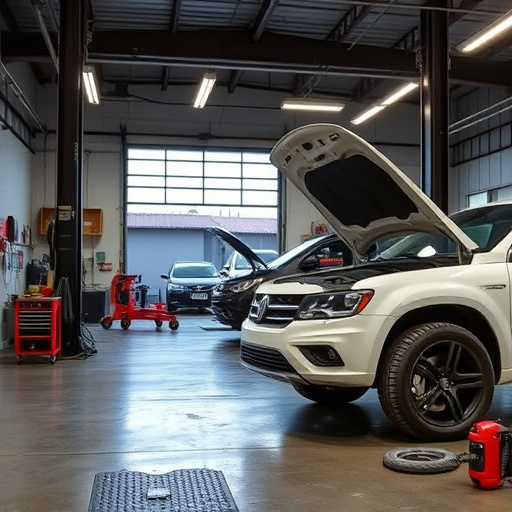Tesla aluminum body repair is a specialized field using lightweight yet sturdy aluminum to restore fender and panel dents while preserving corrosion resistance and structural integrity. Skilled technicians heat and cold work metal, or use advanced methods like hydro-forming for severe dents, ensuring seamless, factory-like finishes that maintain Tesla vehicles' aesthetic appeal and value.
Tesla vehicles are renowned for their sleek, modern design, featuring an innovative aluminum body structure. While these cars boast durability, they’re not immune to fender benders and panel dents. This article delves into the world of Tesla aluminum body repair, specifically addressing common issues like fender and panel dents. We explore effective repair techniques tailored to this unique material, offering guidance for both owners and enthusiasts interested in preserving Tesla’s iconic aesthetic.
- Understanding Tesla Aluminum Body Structure
- Common Fender and Panel Dents in Teslas
- Effective Repair Techniques for Aluminum Bodies
Understanding Tesla Aluminum Body Structure

Tesla vehicles are renowned for their sleek and modern design, a significant aspect of which is their aluminum body structure. Understanding this unique construction is essential when considering Tesla aluminum body repair, especially for fender and panel dents. The automotive industry has long recognized the advantages of aluminum in vehicle manufacturing, and Tesla has masterfully embraced this material for its lightweight yet sturdy cars.
Aluminum offers excellent corrosion resistance, making it a popular choice for auto repair services, including fender repair. Unlike traditional steel bodies, aluminum panels can be bent and reshaped without losing their structural integrity, which is crucial for restoring vehicles to their original condition after an accident or damage. This versatility in Tesla aluminum body repair allows for precise and effective solutions, ensuring the vehicle’s aesthetics and safety remain uncompromised.
Common Fender and Panel Dents in Teslas

Tesla aluminum body repairs for fender and panel dents are a common occurrence among Tesla owners. These vehicles, known for their sleek and modern design, often face unique challenges when it comes to bodywork due to their advanced materials. Aluminum, while lightweight and durable, can be prone to denting from minor collisions or impacts, especially in regions with high traffic density. Fenders, being the front edge of the vehicle, are particularly vulnerable to dents caused by parking obstacles, door dings, or even small debris on the road. Panel dents can also occur along the car’s sides and rear, often resulting from back-up incidents or nearby vehicles during parking.
The specialized nature of Tesla aluminum body repair requires skilled technicians familiar with the unique properties of this material. Unlike traditional steel bodies, aluminum needs precise handling to ensure proper alignment and a seamless finish. Auto glass replacement is not typically involved in these repairs, as dents usually don’t affect structural integrity, but rather the aesthetic appeal of the vehicle’s bodywork. As such, Tesla owners should seek reputable automotive repair services offering expertise in Tesla aluminum body repair to restore their vehicles’ original condition and maintain the overall value of their investment.
Effective Repair Techniques for Aluminum Bodies

When it comes to repairing Tesla aluminum bodies, specifically for fender and panel dents, understanding effective techniques is key. Unlike steel, aluminum requires specialized methods due to its unique properties. The first step involves using a combination of heat application and cold working. By heating the dented area, the metal becomes more malleable, allowing for precise shaping with minimal damage. This process, often called ‘pinning’ or ‘welding’, ensures that the original structural integrity is maintained.
For severe dents, advanced techniques like hydro-forming or computer-aided press molding can be employed, mimicking the original factory finish seamlessly. These methods are particularly useful in fleet repair services, where speed and consistency are paramount. Merely patching or filling dents isn’t sufficient for aluminum; it demands a deeper understanding of material science to preserve both aesthetics and structural soundness, ensuring vehicles, including Teslas, look as good as new after repairs.
Tesla’s innovative use of aluminum in its body construction offers both lightweight benefits and unique challenges for repairs, especially regarding fender and panel dents. Understanding the specific characteristics of Tesla’s aluminum bodies is key to effective repairs. By employing advanced techniques tailored to this material, such as specialized tools and precision methods, it’s possible to restore Teslas to their original condition. When it comes to Tesla aluminum body repair, knowing the right approach ensures exceptional results while preserving the vehicle’s structural integrity and aesthetic appeal.
